Dear Sir,
I will shed no tears for Colonel Peiper. His ultimate fate should have come a lot sooner than it did. That it did not was a miscarriage of justice.
My father, Henry B. Prenger, was a sergeant in the 2nd Battalion, 120th Regiment, 30th Infantry Division. Peiper’s drive during the Battle of the Bulge ran head on into my father’s division. Most of my father’s company was wiped out in the fighting against Peiper, but that was a part of war.
The American soldiers killed at the crossroads did not die as a part of war, they had surrendered and they were murdered. My father was a hardened veteran when he came up to the crossroads in early January. He saw the lumps in the snow and the trees beyond them that had been chopped down by the machine-gun bullets. When they brushed the snow away and saw the frozen soldiers, they knew they had been murdered. Unarmed, they lay in the field, rank upon rank.
SS murders were not limited to soldiers. Civilians suffered heavily at Stavelot and Profoundry. My father saw the bodies. He saw the pregnant woman, torn open, with her dead baby lying next to her. He saw an old man who had his hands chopped off. Men, women, and young children killed. The captured SS laughed at what they had done.
After Stavelot, after Profoundry, after Baugnez, there were new rules for dealing with the SS. These men were not soldiers, they were animals.
Henry B. Prenger, P.E.
Baltimore, Maryland
Joachim Peiper: Nazi or Not?
Dear Editor:
As I was reading Maj. Gen. Michael Reynolds’s fine biography of Waffen SS-Obersturmbannfuehrer Joachim Peiper entitled “The Last Casualty” in the Winter 2009 issue, I was struck by Peiper’s statement that he had never been a member of the Nazi Party—enough to do a bit of research on the subject—and it turns out that he was truthful to that extent: he had never joined the NSDAP, nor did he possess a Party Membership Number. But having said that, such a “defense” is hardly appropriate given the career of the person in question. While it is true that a few high-ranking SS members did not also hold membership in the NSDAP—some even higher ranking than Lt. Col. Peiper—it must be remembered that membership in the NSDAP was always optional and it was a separate organization from any of the paramilitary organizations that supported it. This meant that anyone wishing to join the SA or the SS or the NSKK or any of the numerous other political groups had to apply for membership in that group and pay that group’s regular monthly membership dues. So too with the Party itself, but membership in the NSDAP was not conferred with membership in any of the Party’s organizations; instead, if one wished to belong to the SS as well as the NSDAP, for instance, one had to apply for membership in each organization separately, pay the monthly dues of each organization, and make good on any other requirements placed upon membership in each group.
For Joachim Peiper to use his nonmembership in the NSDAP as any sort of mitigation of responsibility stretches the point, since he had voluntarily joined not only the SS but the Bodyguard Division of the SS, the Leibstandarte-SS Adolf Hitler, Hitler’s Lifeguard Corps sworn to die in defense of their leader. Joachim Peiper held SS Membership Number 132,496 and graduated in 1935 from SSJunkerschulen Braunschweig (one of the two SS Leadership Training Schools, the other being at Bad Toelz) at the age of 20. During his rise through the ranks in the LSSAH, in which he became an officer (SS-Untersturmfuehrer) on April 20, 1936, Peiper maintained the required physical training standards and awards, was awarded the SS-Degen (sword), and also participated in the Lebensborn program. In short, Joachim Peiper was an active participant in his culture and a leader within it, and while he was factually not a member of the Nazi Party per se, he was an officer in the most closely associated organization that kept Adolf Hitler personally safe and in power.
With many thanks for keeping WWII History magazine as excellent as it always is.
Br. James E. Teets BSG, Canon
Company M, 126th Regiment
Dear Sirs:
My daughter who lives in Kansas City, Kansas, recently sent me the November 2009 issue of your magazine. It has a story about my 32nd Division. I also find the other stories interesting. I have quite a fund of stories of that war in the Pacific. I was in the 126th Regiment and Company M. I do not find much about our landing at Saidor and Aitape in New Guinea.
I thought you might be interested in our company’s mode of transportation from Goodenough Island to our landing at Saidor. The enclosed picture (see above) shows Company M on a fourstacker destroyer with two stacks removed to make room for troops. We boarded by climbing cargo nets and leaving to board our LCIs by the same route. I now have no recollection of our eating and sleeping arrangements. This was also the only place we were allowed to go shirtless. We mostly got malaria at Buna anyway and were 90 percent casualties. Some got jungle rot and other diseases, but I was lucky and just had malaria. I suspect we used the same shipping to get to Aitape and later Morotai, but I do not remember. I think from Morotai we went by LST to Leyte and Luzon. We only fired our mortars in two places. The last time on the Villa Verde trail there was a dug-in machine gun across a stream from where we were located so we fired our six mortars, the artillery fired over our heads, and planes dropped Napalm bombs. This probably went on for a least a half hour. The after things quieted down the machine gunner fired to let us know he was still there. I was rotated home soon after so I do not know what became of him.
My Army story is in the Library of Congress Veterans Affairs section. If anyone is interested I would be glad to send a copy.
Dale L. Walston
Colville, Washington
Repetitive History
Dear Editor:
I found the “Fabled March”article in your Winter 2009 issue particularly interesting. Being a history buff myself, I couldn’t help but notice just how similar the stories are…
The original Roman Republic was not so much overthrown as it self-destructed the moment it failed to provide the people with the “law and order” on which everything depends.
The Directorate was overthrown by Napoleon almost without a blow being struck because it failed to provide the people of France with an improved quality of life. Vengeance against the artistocracy might be emotionally satisfying but it totally fails to provide the necessities of life.
The Third Republic was overthrown by Pétain in 1940 because after the utter chaos of the 1930s—Pétain’s was the 21st government France had seen since 1932!—the people were, to put it mildly, sick and tired and desperate for some kind—any kind—of stability.
The Cuban presidents that followed Batista— Dr. Grau San Martin (1944-1948) and Dr. Prío Socarras (1948-1952)—made such a total hash of things, being not only blatantly and openly corrupt, but to all appearances powerless against the forces of lawlessness (1944-1952 Havana was more like an L.A. barrio than the capital of a country) that there was “no one to shed a tear,” much less fight, for the republic when Batista pulled his infamous coup of March 1952.
As I’ve said: The times and countries change, but the story remains the same. There’s a lesson here for everyone. “And let no one say ‘It cannot happen here.”
B.J. Figueredo
Gonic, New Hampshire
Keeping World War II Alive
Dear Editor,
It was great to read a Dispatches letter you published, written by 15-year-old Emmelia Ford of South Canaan, Pennsylvania, and her avid interest in WWII. If she doesn’t already know about it, she can actually immerse herself in WWII history by attending the nation’s largest WWII Commemorative Weekend at the Mid Atlantic Air Museum in Reading, Pennsylvania (www. maam.org) the first full weekend of June every year. This year we will be honoring the Greatest Generation for the 20th year. Additionally, if she is interested in meeting other teenage girls with an interest in WWII, she can check out a civilian reenactment group called the Victory Society at www.victorysociety.org. This group sponsors a circa 1940s home at WWII Weekend and depicts what life was like on the Home Front during the war. My wife, my daughters, and I are members of VS and we educate visitors on how the home front helped win the war. Some of our teenage girls are so well educated about WWII that they can even tell you if a re-enactor’s dress has the correct stitch pattern of the time. Many of our female members have grown up as VS members, beginning their re-enactment experiences as teenagers or younger. The “40s house” is situated along “Main Street” at the show and is nestled between 1940s versions of a department store, a radio station, a Marine Corps recruiting station, a Civil Defense post, a USO dance hall, and a gas station, along with a bevy of antique cars and trucks parked on the street.
Gary Wolf
Homefront Coordinator—WWII Weekend
Gilbertsville, Pennsylvania
Note: Opinions expressed in “Dispatches” do not represent those of the writers, editors, or staff of WWII History or Sovereign Media.

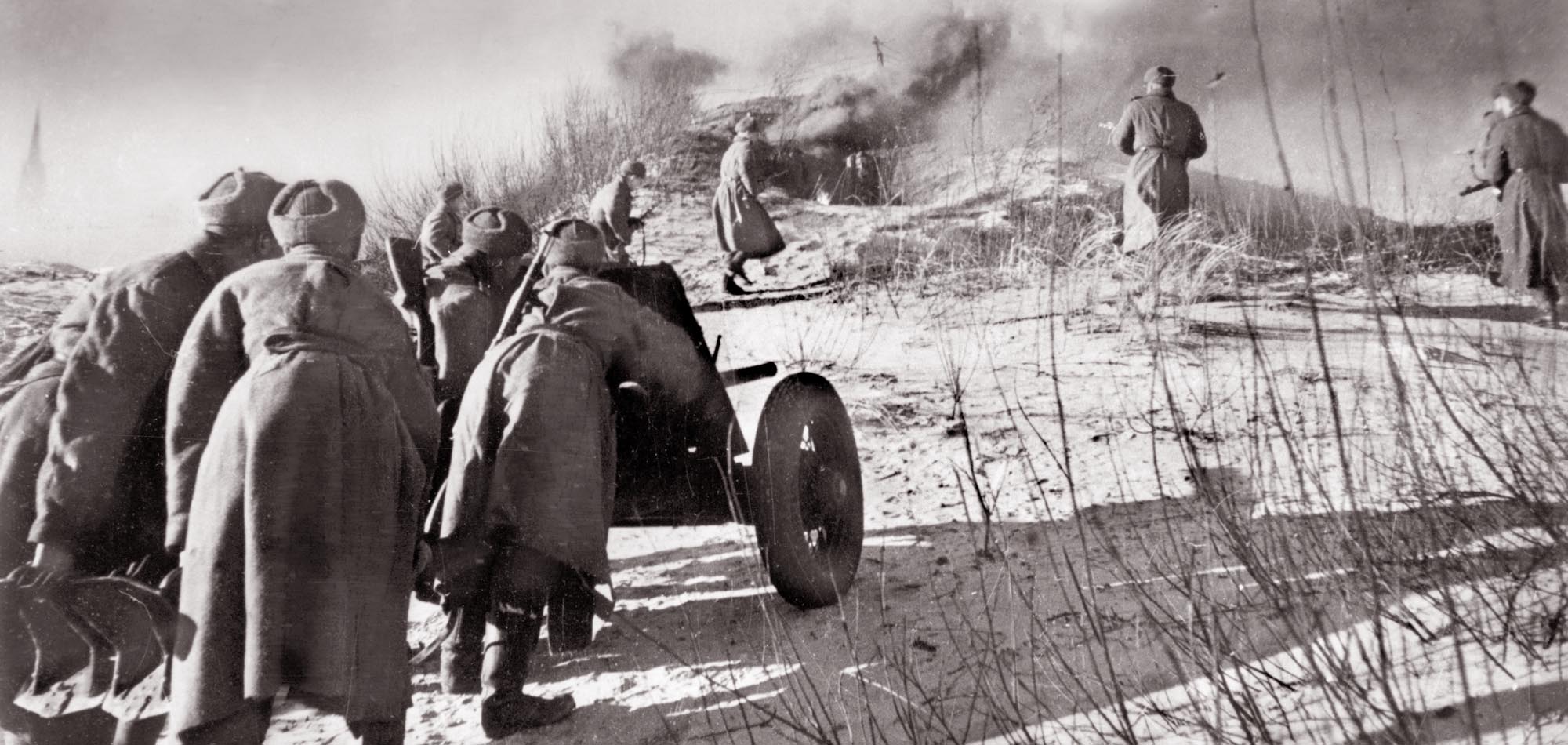
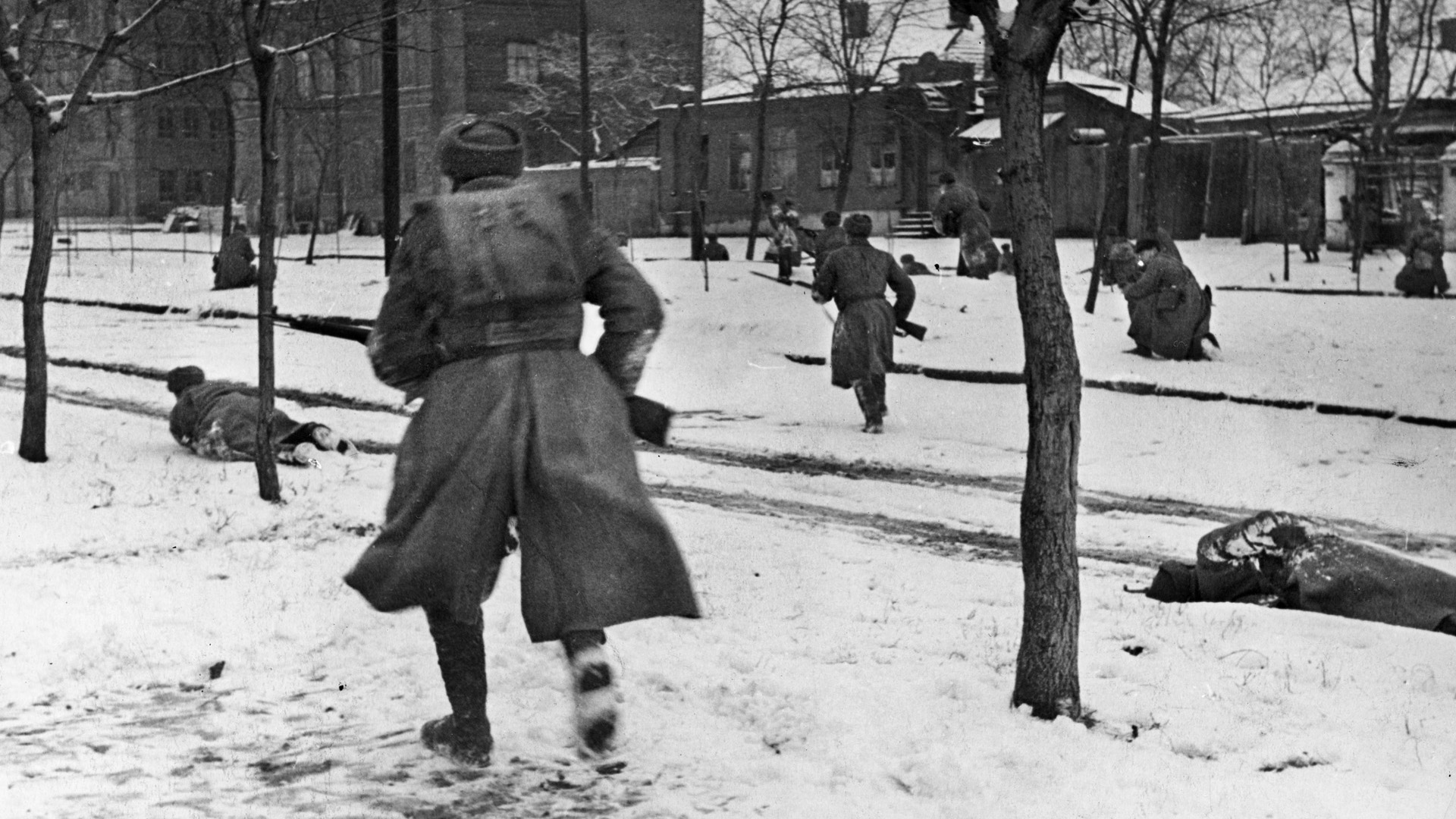
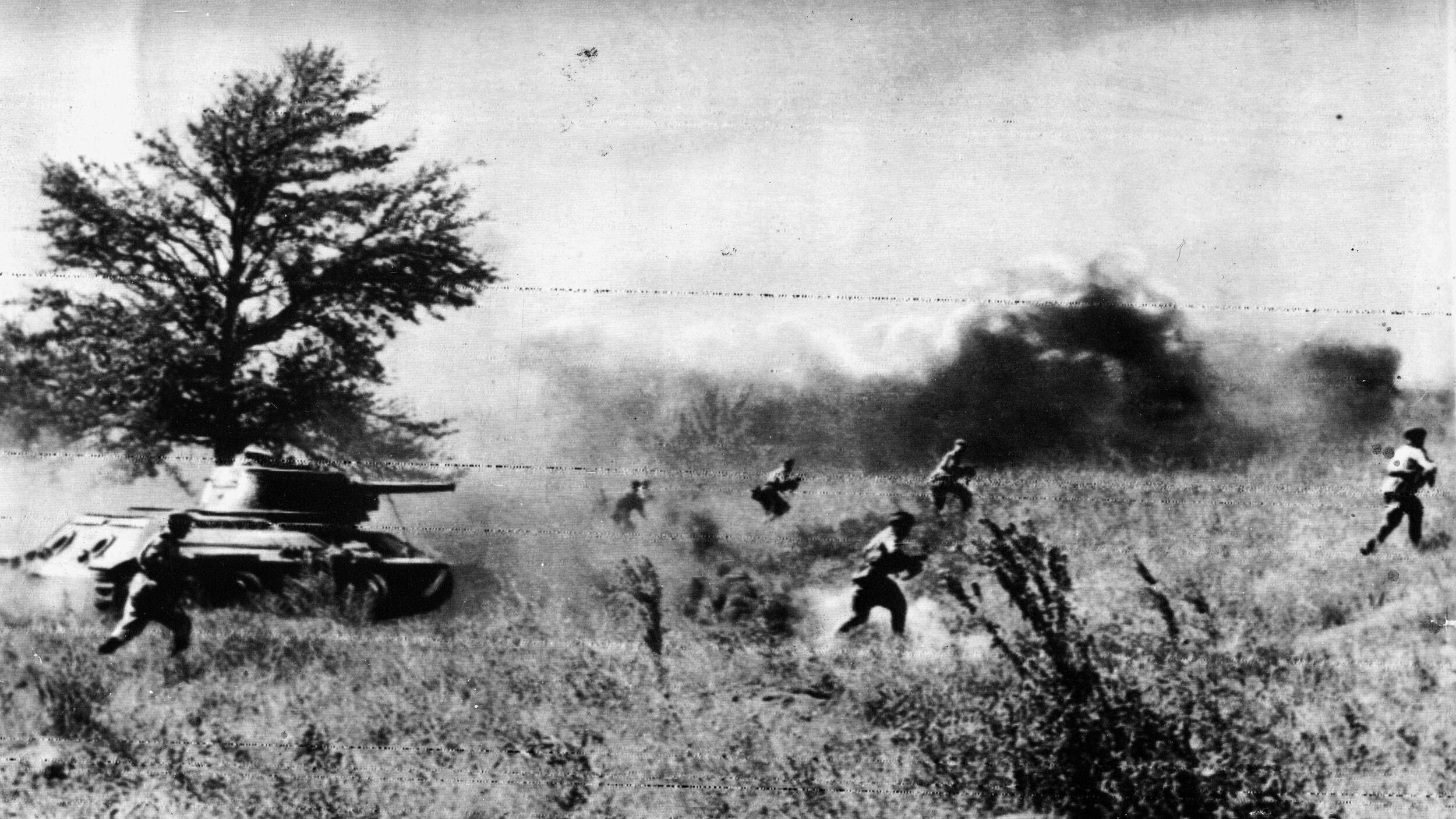
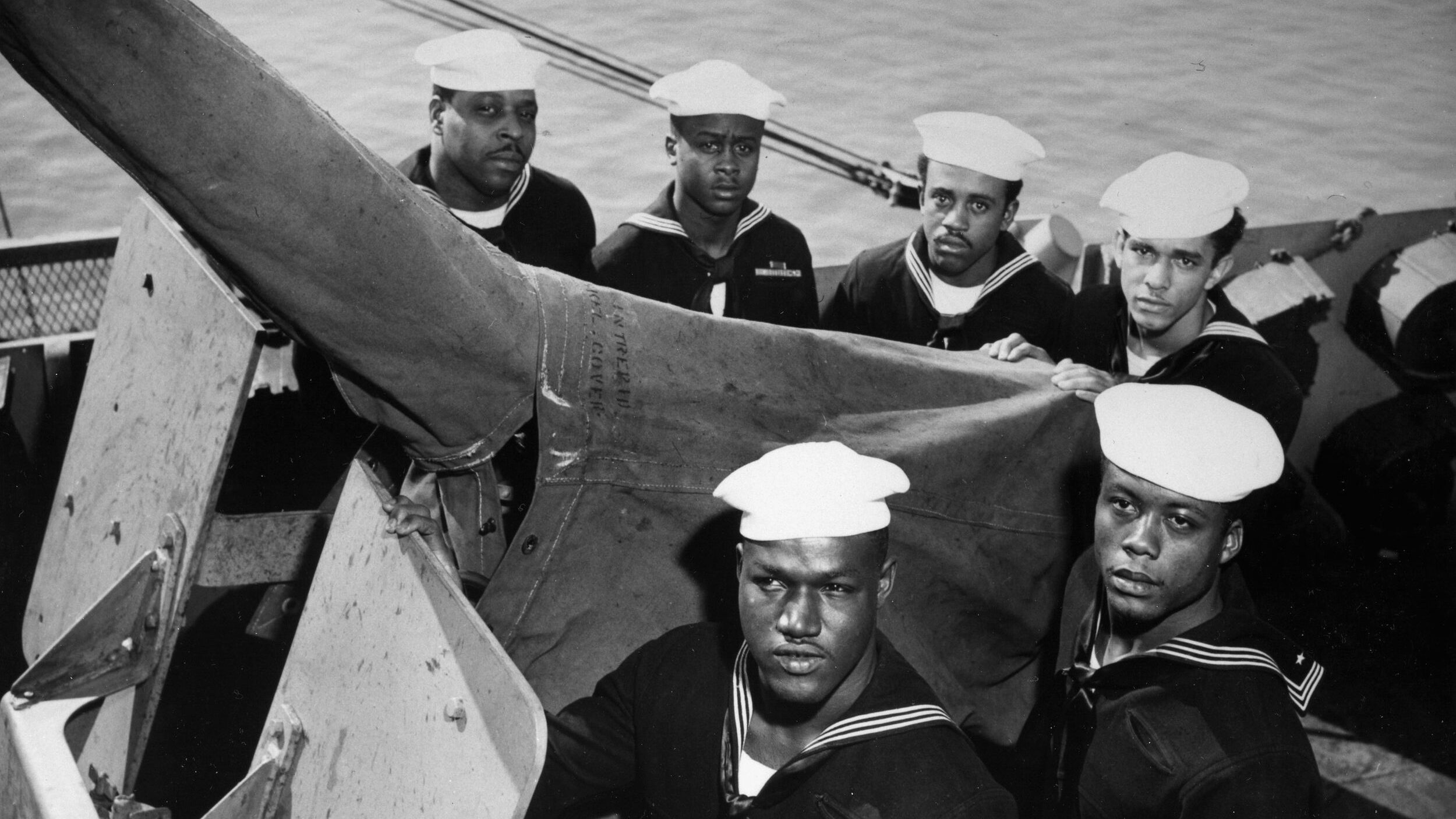
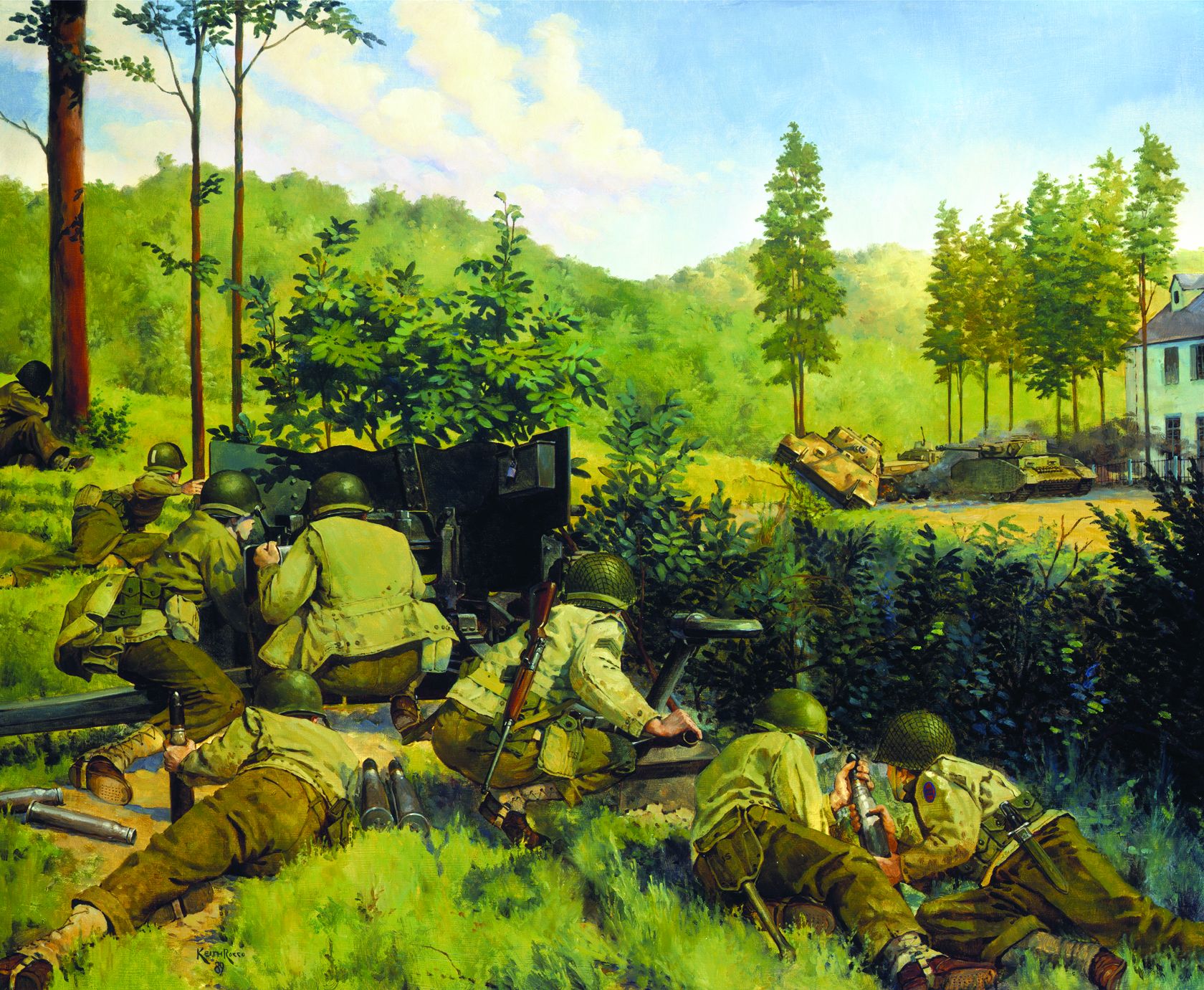
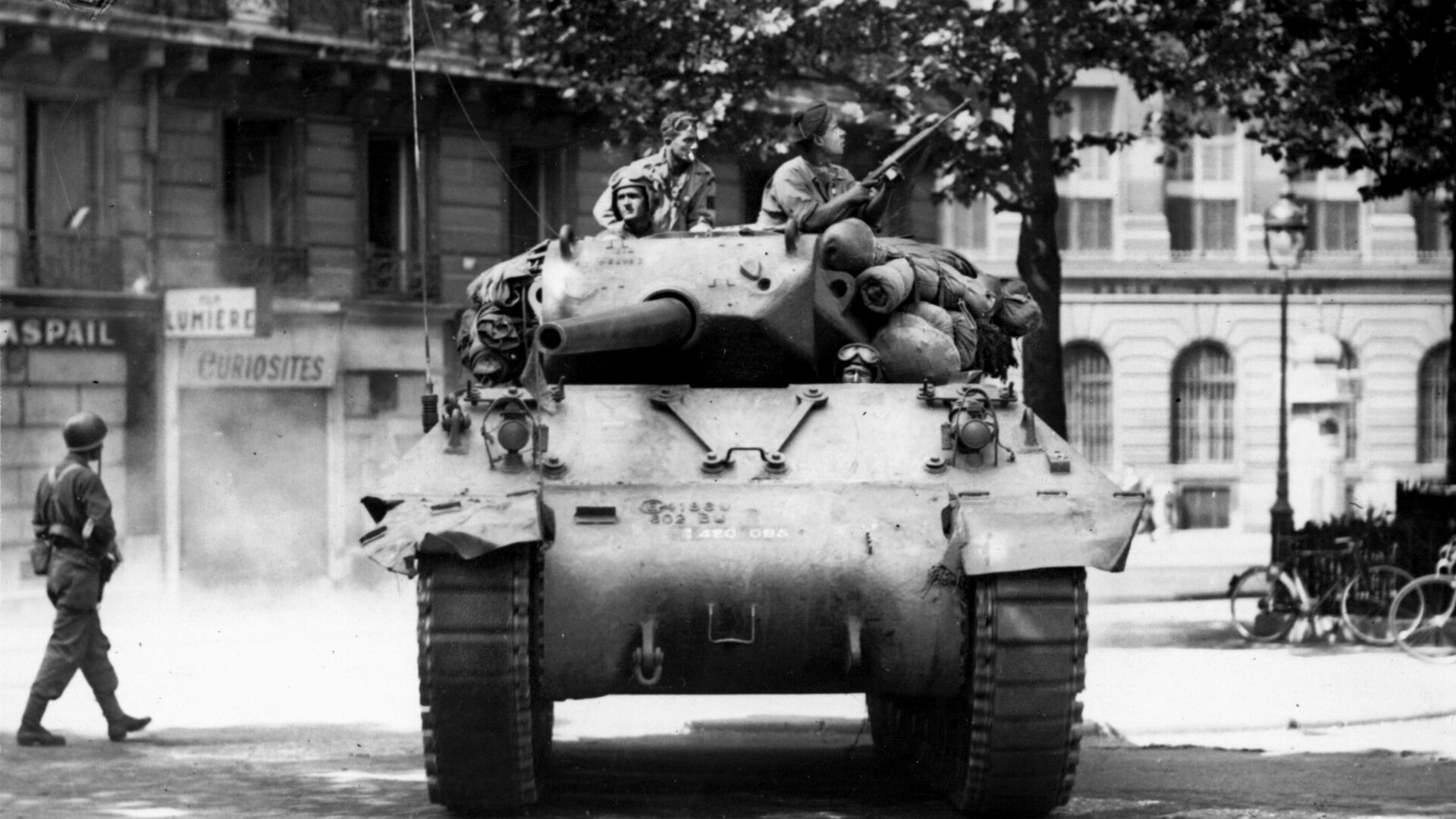

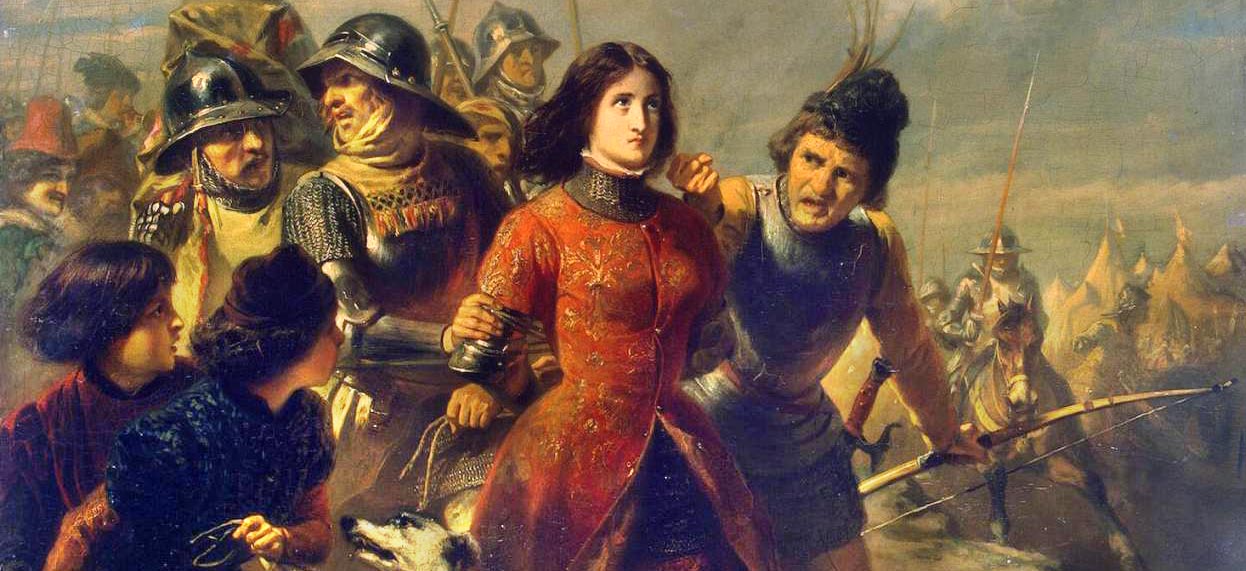
Peiper’s justice came a bit late but it did eventually arrive. Same can not be said for most of the “lesser” war criminals in both the European and Pacific wars. Lack of real justice is what causes war crimes in future wars. Kosovo comes to mind.